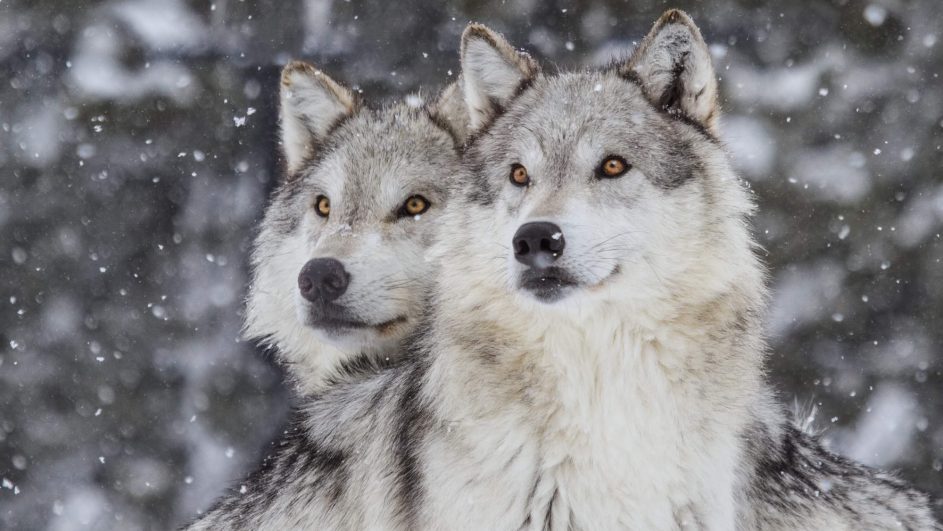Nature
Nature’s Return
Synopsis
How is it possible that, in the urban jungle of modern metropolises, young plants none-the-less poke their heads through cracks in the concrete, searching for the sun? How do the large herds of zebras in the Okavango Delta survive the searing heat of the dry season and hold out for the first drops of rain in months? Can a grizzly bear mother and her four cubs live through North America’s harsh winter? All across the planet, even when faced with apparently impossible conditions, life persists. Despite setbacks, we invariably witness NATURE’S RETURN.
One of the most improbable yet miraculous returns has occurred in the USA’s Rocky Mountains. Yellowstone National Park is the world’s oldest national park and has been protected land for more than 150 years. However, wolves were excluded from this protected status and were eventually eradicated in the park. Less than thirty years ago, conservationists began relocating wolves from Canada to Yellowstone as part of an ongoing experiment. The wolves efficiently decimated local populations of herbivores or forced them to roam further afield, helping to restore the park’s vegetation and even the numbers of other animals.
Wolves are not the region’s only large wild predators. Grizzly bears have a similarly fraught history here, but one bear, in particular, enjoys celebrity status: “Grizzly 399” has inhabited Grand Teton National Park, just a few miles from Yellowstone, for 25 years. Although she is older than most grizzlies, she successfully guides four cubs through the early, dangerous months of their lives and the little family eventually hibernate together – a rare achievement in the often harsh local conditions. Another challenge awaits the bears after the icy winter: will they make it back into the Rocky Mountains?
For many species, returning to their places of origin is part of an elaborate survival strategy. Humpback whale calves are born in tropical waters, like those off the Cook Islands in the South Pacific. However, the mothers can find little to eat here and soon embark on a one-thousand-kilometre journey with their young, travelling to the krill-rich waters of the Antarctic. This annual cycle is passed down from generation to generation.
What happens if a regular occurrence like the beginning of the rainy season, which many migratory animals rely on for their survival, is unexpectedly delayed? How long can the thirsty zebras continue to roam the dry plains of the Okavango Delta? The animals are driven by an ingrained instinct which prevents them from giving up, and the stamina the animals are born with allows them to persevere despite the hardship. Even once the dark clouds appear, the animals must remain patient – it takes some time for lush vegetation to appear after the first rains.
For decades, human beings have had a more dramatic impact on conditions on Earth than any other factor. The Anthropocene epoch has caused natural systems and networks that have existed for millennia to become unstable – yet nature remains perhaps our greatest hope in this difficult situation. After all, it has spent millions of years adapting to new realities. No matter how great the effects of individual seasons, natural disasters or human influence are on existing ecosystems, nature invariably finds some way to return. We just have to let it happen.

